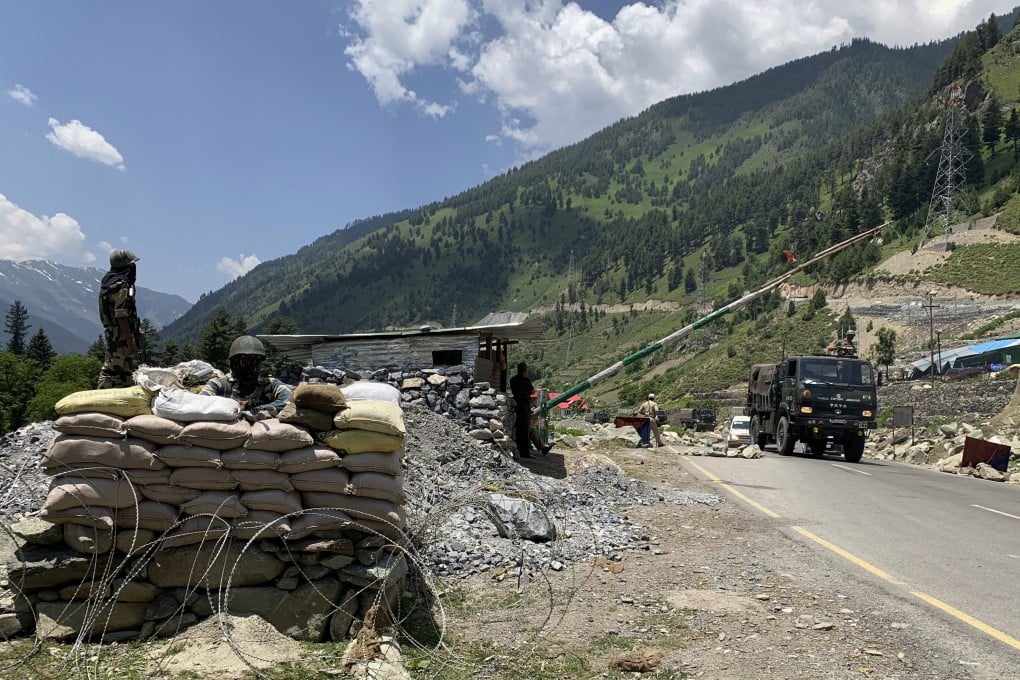Opinion | Galwan border clash a nightmare come true for India and China
- China’s actions are counterproductive as they push India into the camp of those powers with shared apprehensions about China
- This should drive home the urgency to amicably settle the border dispute and not leave it for future generations to resolve

We are still in the midst of the crisis and it’s not clear how it will play out. However, there is at least one certainty – there will be a paradigm shift in India about its relations with China.
There are competing versions of the events in the Galwan valley on June 15. What is known is that 20 Indian Army soldiers died; the Chinese reportedly suffered casualties but have not divulged numbers. All this was without shots being fired as both armies adhered to previous agreements prohibiting the use of firearms along the Line of Actual Control.

05:02
Indians burn effigies of Chinese President Xi Jinping over deadly border clash
Instead, they faced each other with clubs adorned with barb wires, iron rods and stones – a throwback to a different generation of warfare. We may never know what exactly transpired that night, but it shattered the complacency some have over the border tensions since no bullet has been fired in anger since 1975.
